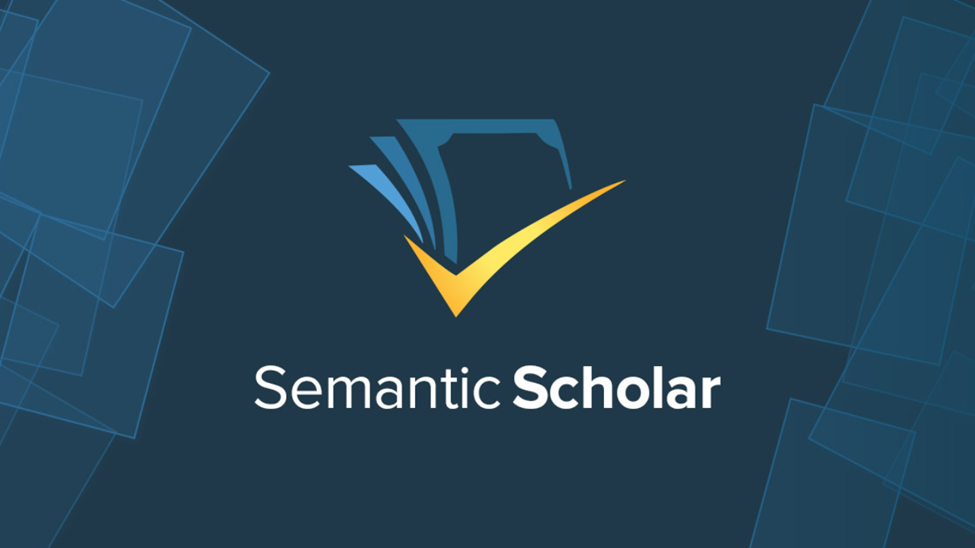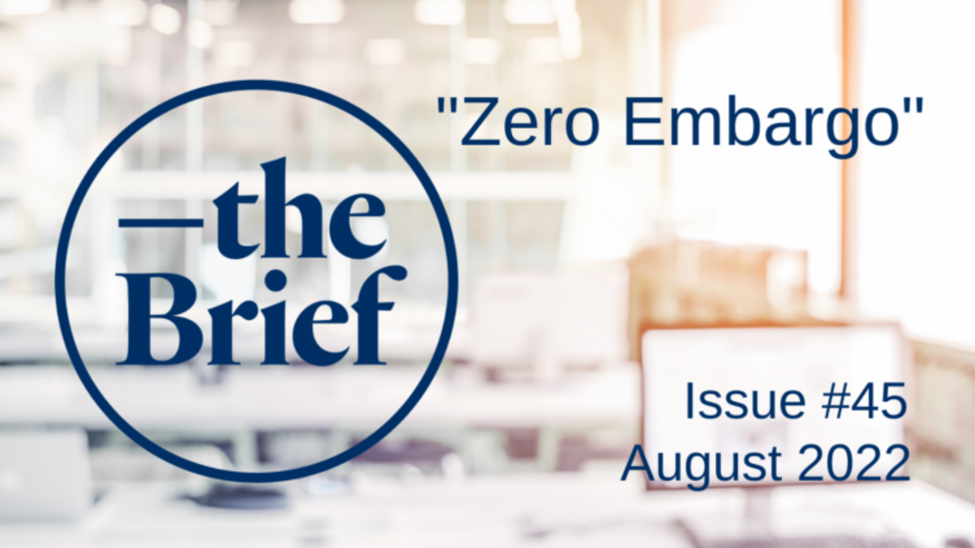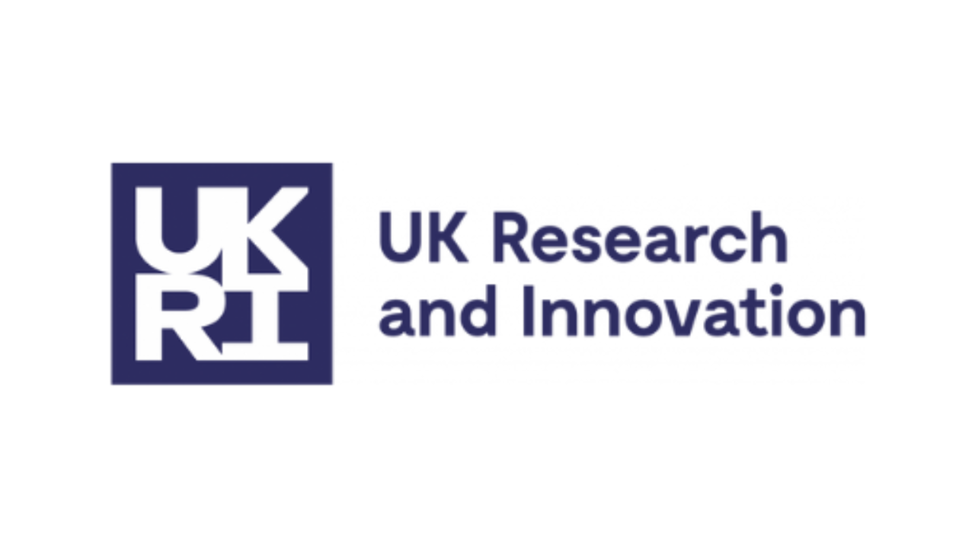Introduction: Navigating the Deluge of Scientific Research Papers
The contemporary scientific landscape is characterized by an overwhelming volume of new information, with over a million new articles flooding the PubMed database annually in biomedicine alone. This exponential growth makes it practically impossible to comprehensively read every relevant publication. The challenge has shifted from information scarcity to overwhelming quantity, necessitating that scientists become adept at filtering, validating, and prioritizing knowledge. “Staying current” now emphasizes relying on trusted sources that sort, summarize, and simplify information, moving beyond direct consumption of every primary research paper. This redefines scholarly engagement, emphasizing the importance of critical evaluation of scientific literature, encompassing various types of research papers.

Core Strategies for Staying Updated with Research Papers
Scientists employ diverse strategies to stay updated, blending automated tools with human interaction. Automated alerts from journals, conferences, and platforms like Google Scholar notify researchers of new publications or when key research papers are cited. Major academic databases and publishers offer configurable email alerts.
To manage information influx, scientists use curated newsletters and podcasts (e.g., ResearchPod, Substack) that summarize findings and help identify studies for deeper dives. Text-to-speech tools (e.g., Listening.com) convert articles into audio, enabling consumption during commutes. Recording voice notes enhances engagement, capturing initial thoughts and streamlining literature review.
Conferences are pivotal for scientific communication, offering opportunities to present findings, engage with experts, and gain early access to research before formal publication. Sharing preliminary findings allows for feedback, improving final research papers. Networking builds professional connections, fosters collaborations, and identifies new research opportunities. The enduring value of human interaction underscores that scientific progress is a social endeavor.
What Scientists Read: Beyond Traditional Research Papers
Scientists' reading habits extend beyond conventional journal articles. Peer-reviewed journal articles remain the cornerstone, including original research and comprehensive review articles. They are primary for learning about others' research and gauging success.

Preprints are non-peer-reviewed drafts posted on public servers, offering rapid accessibility and timely dissemination before formal publication. They allow early sharing, credit, and feedback, and are citable with unique DOIs. Benefits include increased visibility and collaboration. However, lacking formal peer review, preprints carry risks of poor quality or inaccurate information, potentially harming reputation. They are generally not indexed by major bibliographic services. This places greater responsibility on scientists to critically evaluate information, as the traditional “trust signal” of peer review is absent.
Beyond formal journals, scientists frequently consult “gray literature,” published outside traditional channels. Examples include government reports, conference proceedings, and theses. Patents are also vital for technical information. This holistic approach, integrating diverse materials from highly formalized research papers to less formal preprints, allows scientists to track emerging ideas and practical applications, not just validated findings.
Navigating the Deluge: Challenges and Solutions
The sheer volume of scientific information, with an estimated 1.8 million articles published annually, creates “information overload” and “decision fatigue”. Scientists struggle to efficiently identify relevant, credible information. Strategies include limiting processed information, outsourcing tasks (e.g., AI summarization), avoiding multitasking, and organizing workspaces. For large literature reviews, a systematic approach with clear questions and robust organization systems is essential.
The proliferation of misinformation threatens scientific integrity. Scientists must ensure trustworthiness by seeking reputable sources, checking methodology, identifying biases, maintaining skepticism, and cross-referencing findings with scientific consensus. Bias can lead to irreproducible results. Pressure for publication metrics can incentivize “p-hacking,” contributing to irreproducibility. The challenge is not just volume, but discerning quality and trustworthiness of research papers, demanding critical appraisal skills.
Technological Advancements: Tools for Research Paper Management
Technology provides powerful tools for managing scientific literature. Reference management software (e.g., Mendeley, EndNote) efficiently organizes, stores, shares, and cites research papers. They offer automatic bibliography generation, note-taking, and collaboration features.

AI-powered tools (e.g., Ai2 Paper Finder, Semantic Scholar) revolutionize literature reviews and discovery. These tools use AI for advanced semantic searching, visual mapping, and citation network analysis. Many integrate generative AI for natural language queries, summarization, and interactive “chat” with specific sections of a research paper. However, users must be vigilant as AI tools can “hallucinate” or exhibit biases, requiring critical verification of results. These tools augment human intellect by automating laborious tasks, but human oversight remains indispensable. The accessibility of many free or affordable AI tools could foster a more equitable global research landscape.
Table 1: Key Digital Tools for Research Paper Discovery and Management
| Tool Name | Primary Function | Key Features | Notes/Benefits |
| Ai2 Paper Finder | Literature Discovery | AI features for advanced searching, 8M full text, 108M abstracts | Web application |
| Mendeley Reference Manager | Reference Management | Personal library, notes, highlights, MS Word add-in, collaborate | Free, desktop client, mobile access |
| EndNote | Reference Management | Manage, review, annotate, search PDFs, 6,000+ citation styles | Paid, desktop client, collaborative |
| Paperpile | Reference Management | Google Docs integration, PDF access from any device, auto-sync | Paid, web-based, iOS/Android/MS Word compatible |
| JabRef | Reference Management | Collect, retrieve, link full-text, 15+ reference formats, BibTeX/BibLaTeX | Free, created by researchers |
| Listening.com | Audio Conversion | Convert academic articles to audio, custom podcast feed, voice notes | Streamlines literature review, fits natural workflow |
| Connected Papers | Literature Discovery | Visual tool to find & explore academic papers, visualize networks | Helps find relevant papers |
| Consensus AI | AI-powered Review | Academic search engine, AI to find & understand research quickly | Leverages AI for understanding |
| Elicit AI | AI-powered Review | Streamline literature reviews & meta-analyses, helps with search | Advanced research assistant |
| Logically | AI-powered Research Assistant | AI-powered reference manager, chat with documents, 10,000+ citation styles | AI academic research assistant, collaborative |
| R Discovery | Literature Discovery | AI-powered literature search, find & access academic papers quickly | Mobile app, web application |
| ResearchRabbit | Literature Discovery | Powerful discovery app, visualize networks of academic papers | Helps visualize connections |
| Semantic Scholar | Literature Discovery | Free, AI-driven, discover & understand scholarly literature | Developed by Allen Institute for AI |
| Scite AI | AI-powered Review | Discover & understand academic papers via Smart Citations | Browser extension, web application |
| ChatGPT-4o / 4o mini | Generative AI | Summarizing, outlining, brainstorming, changing writing level/style | Free for limited use, requires critical verification |
| Perplexity AI | Generative AI | Summarize web search results, link to sources, answer questions | Always check results for “hallucinations” |
National Approaches to Open Access and Dissemination of Research Papers
The scientific publishing landscape is transforming due to national policies promoting open access. In the US, the White House OSTP's “Nelson Memo” mandates immediate public availability for all federally funded research, including research papers and underlying data. US agencies like NIH, NSF, and DOE require authors to deposit accepted manuscripts or peer-reviewed articles in public repositories with immediate access. Compliance options include publishing in “zero-embargo” journals or using agency/institutional repositories, with Article Processing Charges (APCs) potentially covered by grants or library agreements.

The UK also strongly embraces Open Access (OA). The UK Research and Innovation (UKRI) Open Access Policy (2021) mandates immediate open access for all peer-reviewed research articles submitted from April 1, 2022, if they acknowledge UKRI funding. Similarly, the Defra group's open access policy ensures its funded research outputs are freely and immediately available. Compliant OA routes require the “version of record” or “author accepted manuscript” to be freely viewable and downloadable with no embargo. Funding for APCs is integrated into budgets.
These converging policies represent a global movement towards immediate open access for publicly funded research. This fundamentally restructures scientific publishing, shifting from subscriptions to author- or institution-funded open access. Beyond accessibility, these policies link open access to enhancing public confidence and research integrity by promoting greater scrutiny and transparency of research papers, data, and methods.

Table 2: Key Open Access Policies for Research Papers in US and UK
| Country | Funding Body/Policy | Effective Date for Immediate OA | Scope of Policy | Compliance Mechanism |
| US | NIH Public Access Policy | July 1, 2025 | Author Accepted Manuscripts, NIH-funded research | PubMed Central |
| US | NSF Public Access Plan 2.0 | January 2025 | Peer-reviewed articles, juried conference papers, underlying data | NSF Public Access Repository (NSF-PAR) |
| US | DOE Public Access Plan | June 2023 | Peer-reviewed scholarly publications, associated scientific data | DOE-designated mechanisms |
| UK | UKRI Open Access Policy | April 1, 2022 | All peer-reviewed research articles acknowledging UKRI funding | Institutional/subject repositories, zero-embargo journals |
| UK | Defra Open Access Policy | Immediate upon publication | All Defra-funded research outputs | Open access publications (no embargo), OGL/CC BY licenses |
Conclusion: A Dynamic Approach to Scientific Engagement with Research Papers
Staying current with the vast and growing body of scientific research is a dynamic, multifaceted challenge. It integrates traditional scholarly practices with digital tools and professional networking. Effective strategies combine automated alerts and curated content for efficient filtering, audio formats for flexible consumption, and human interactions at conferences for deeper engagement and validation of research papers.
The scientific literature landscape evolves, with preprints gaining prominence alongside traditional peer-reviewed research papers and diverse gray literature. Crucially, open access initiatives in the US and UK are fundamentally reshaping how scientific knowledge is disseminated, moving towards immediate and free public availability. These policies democratize access and enhance research integrity and public trust in science. Ultimately, scientists' ability to thrive hinges on adaptability, critical thinking, and strategic adoption of tools for efficient engagement with the global corpus of scientific research.









